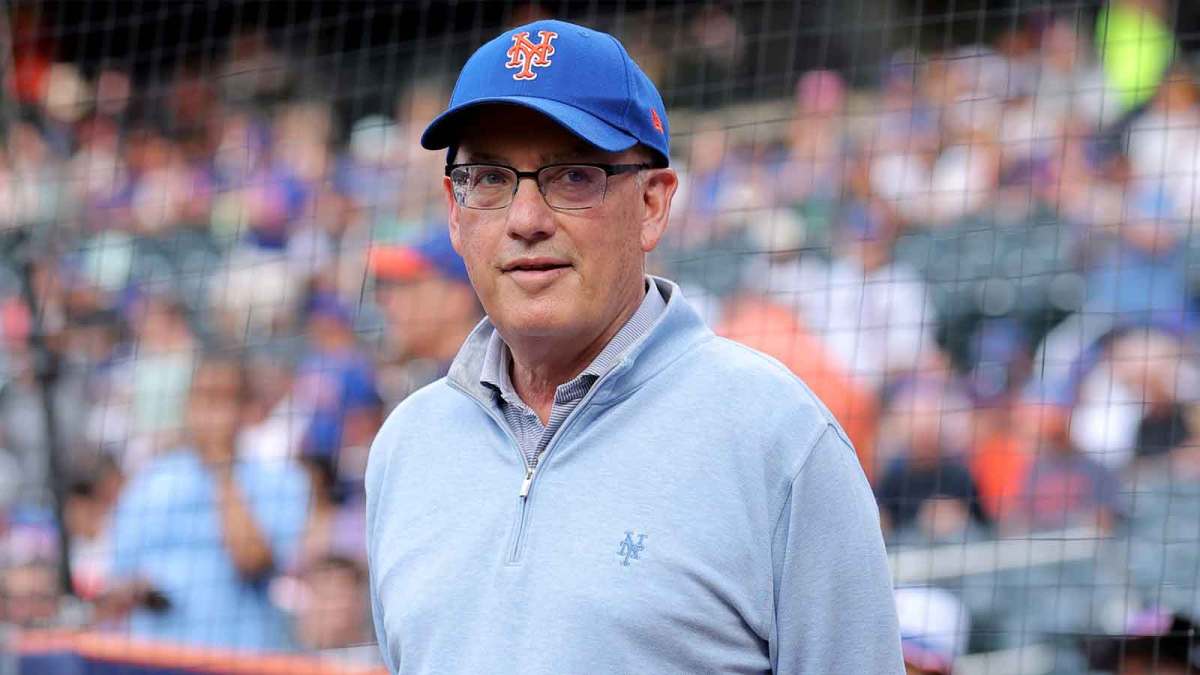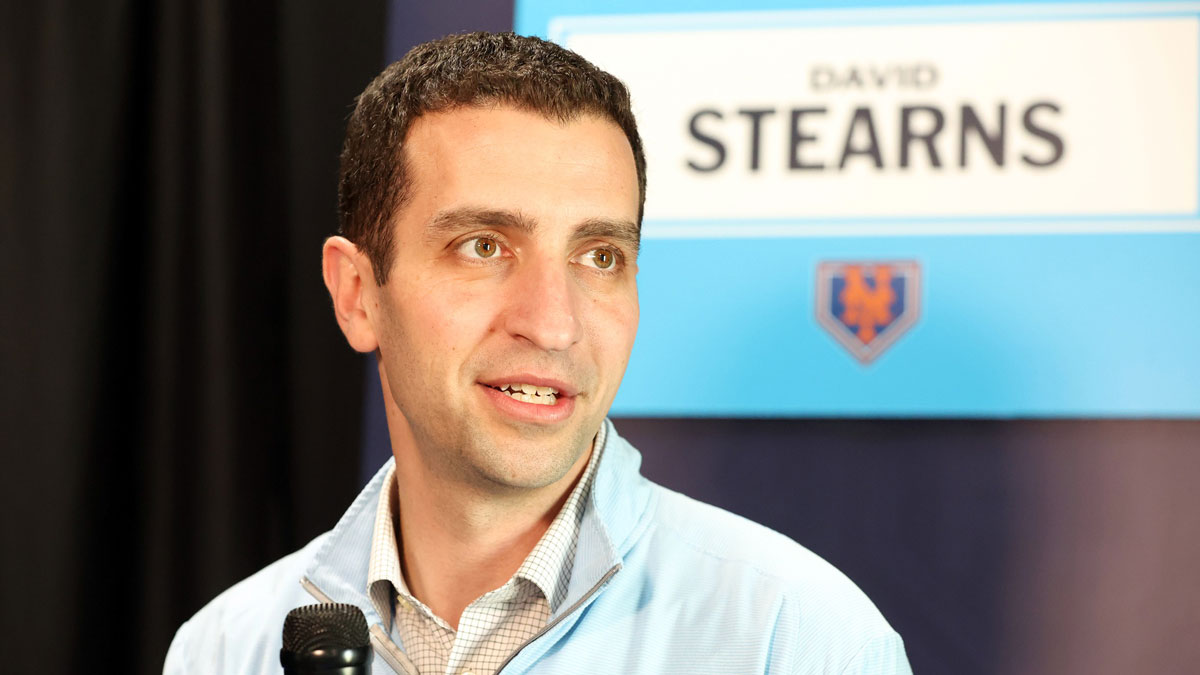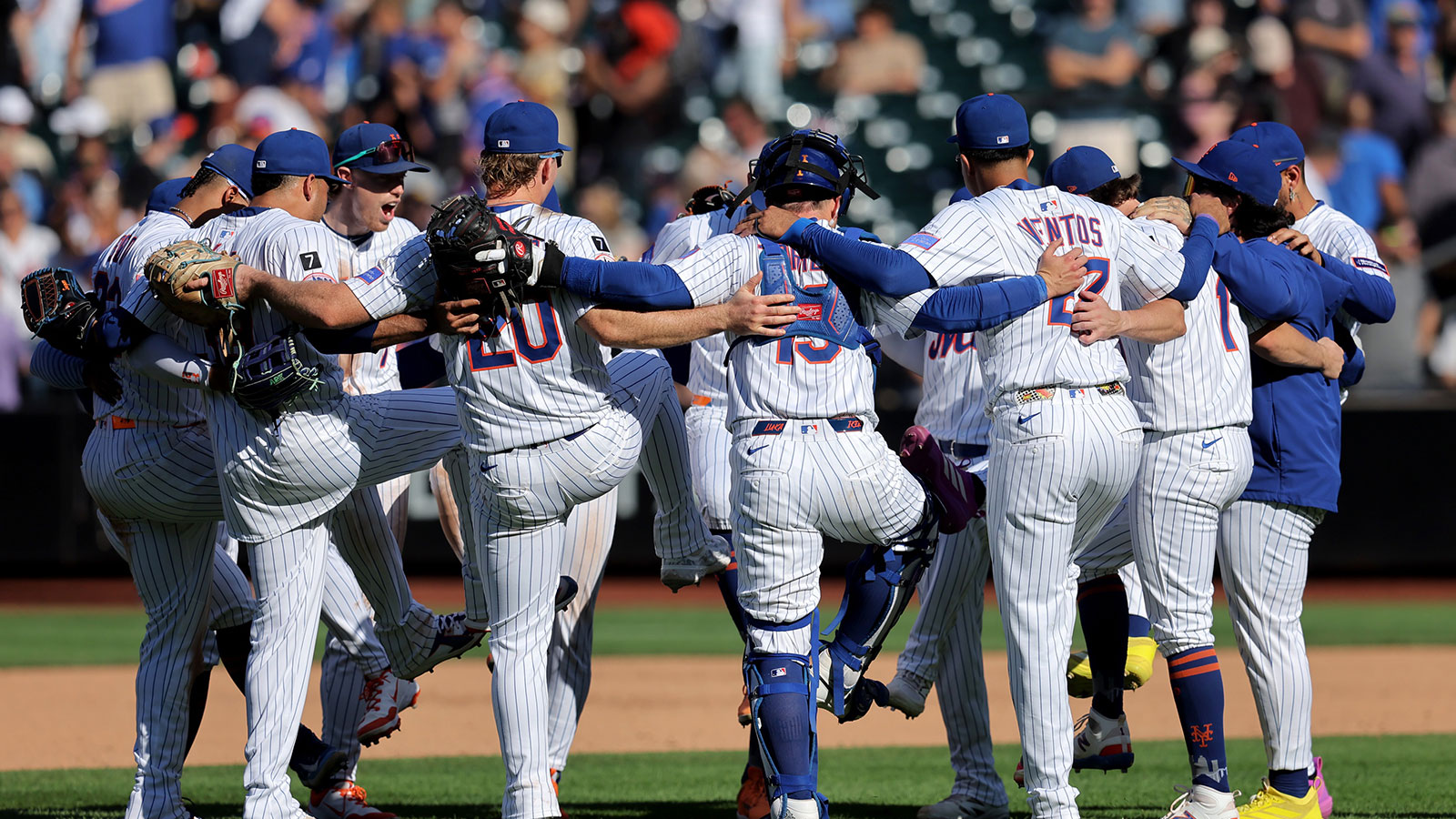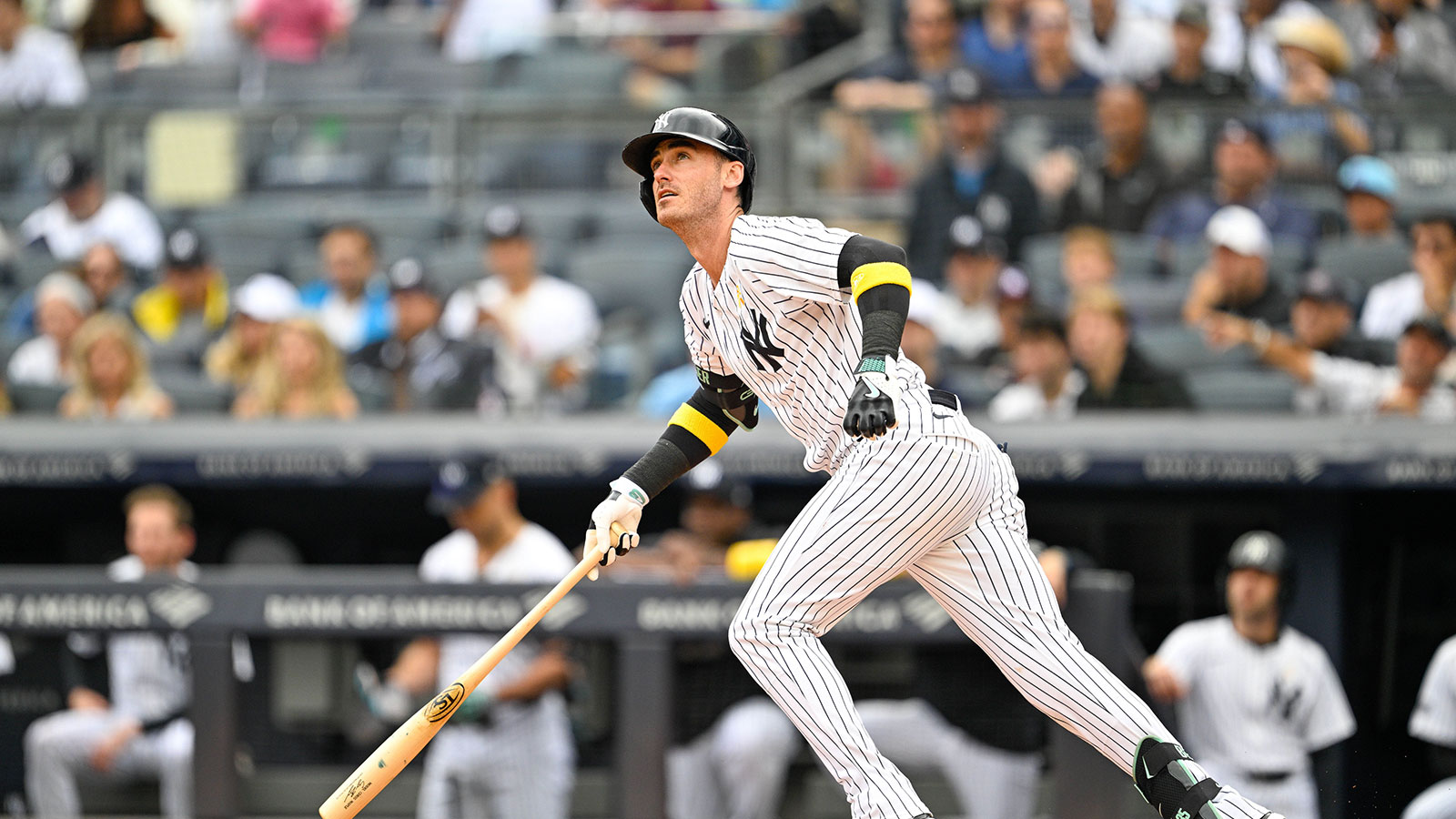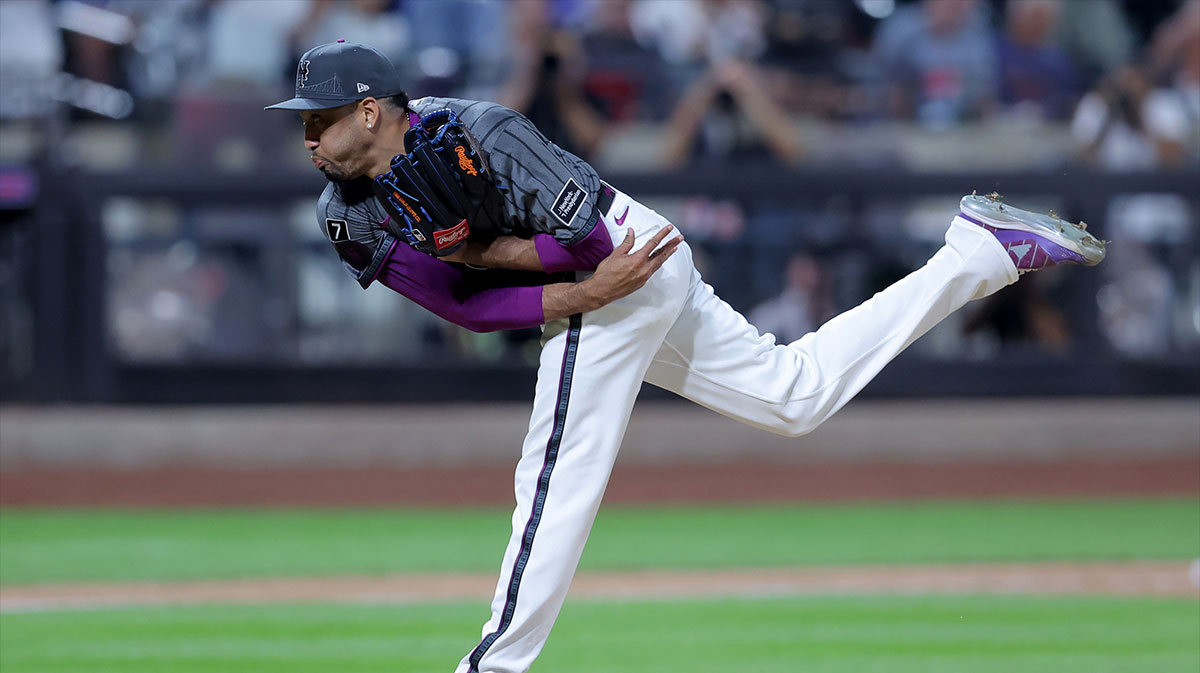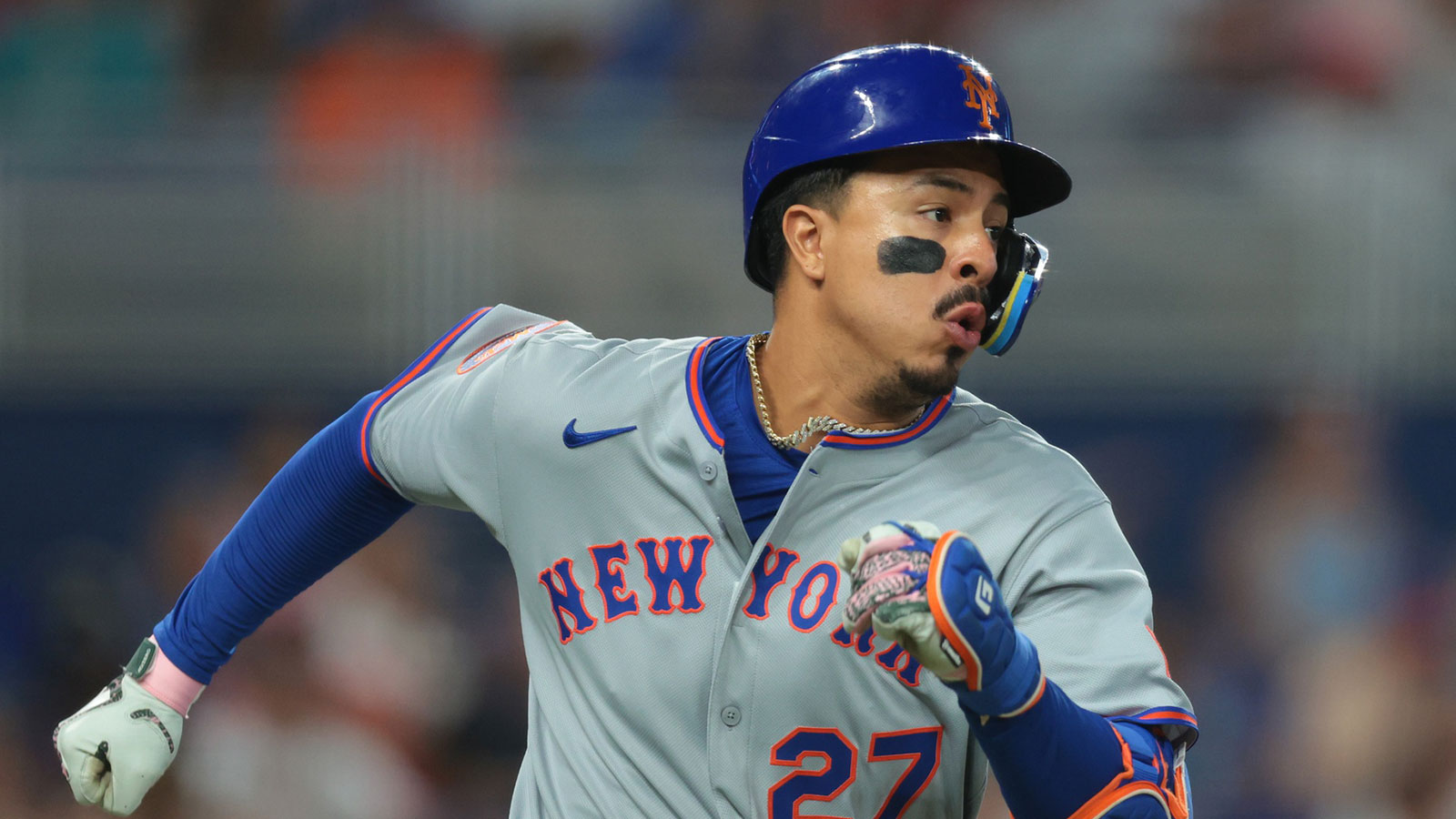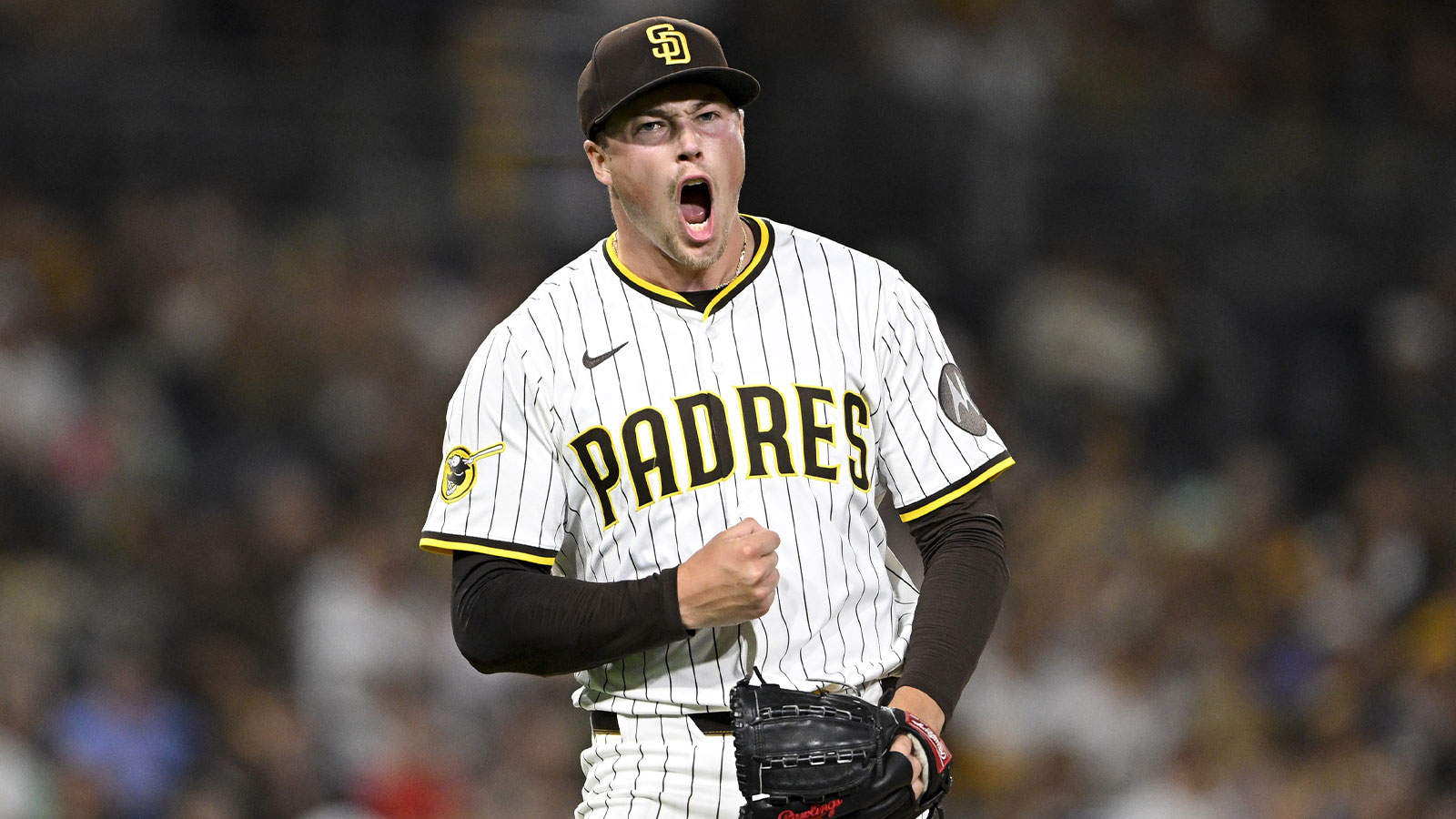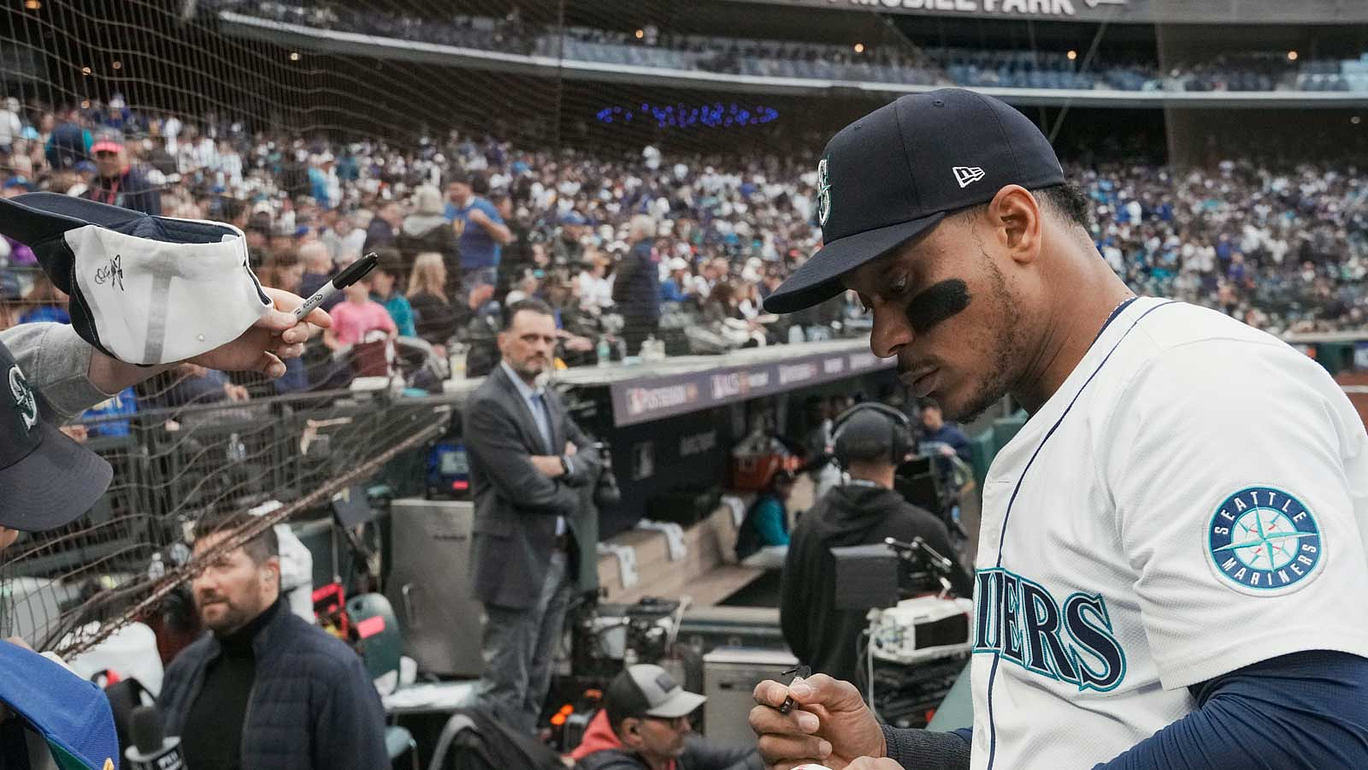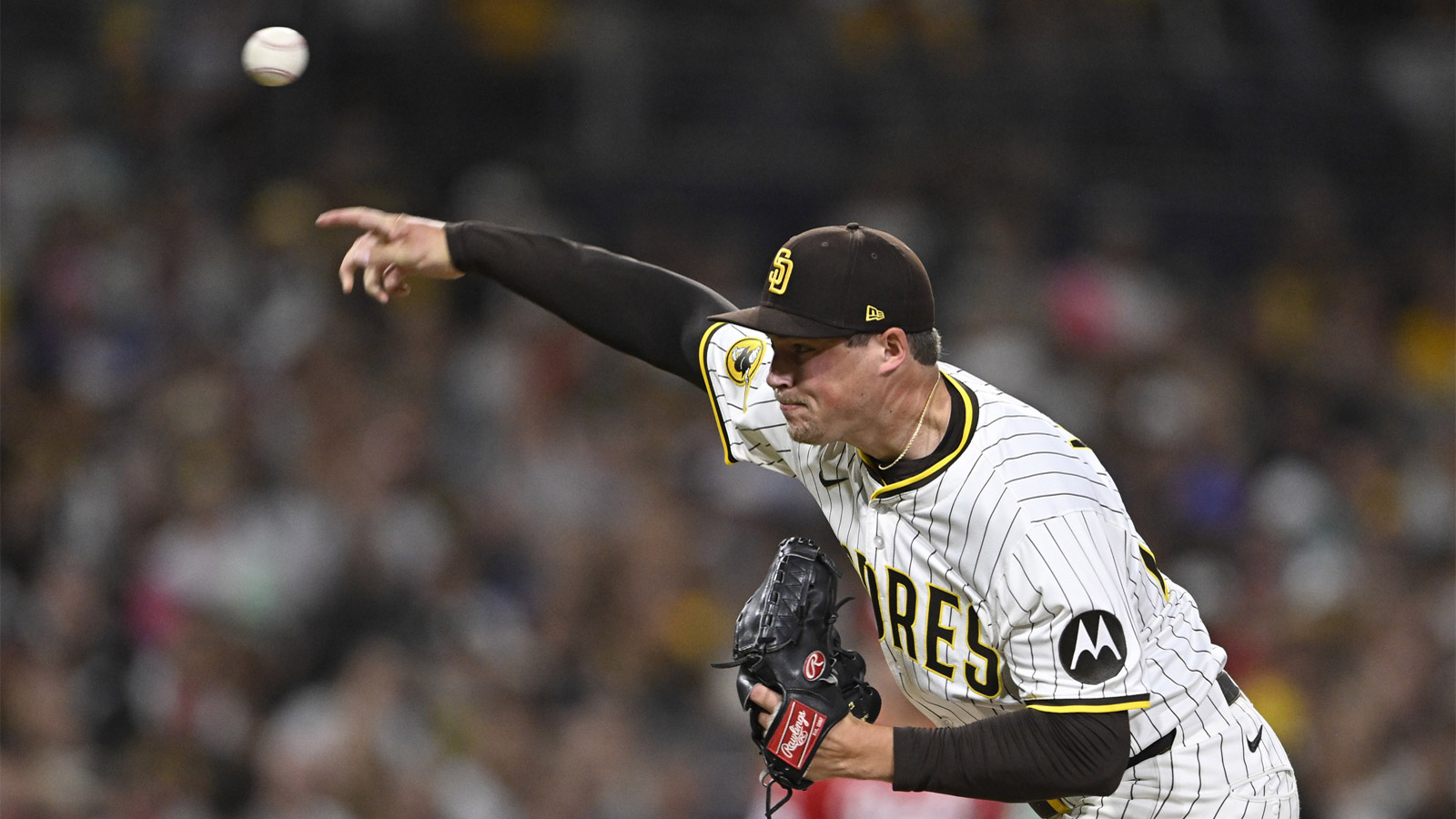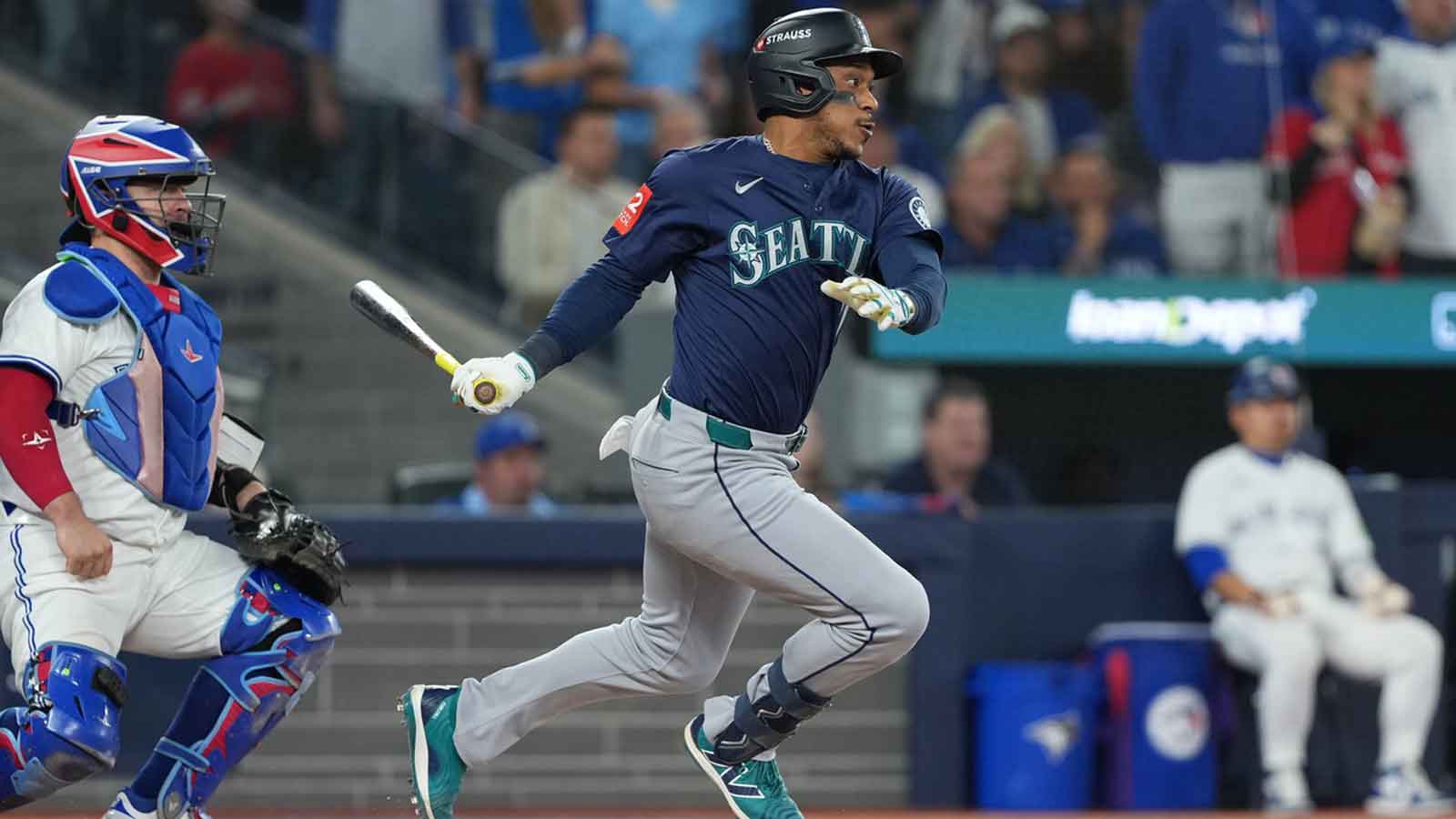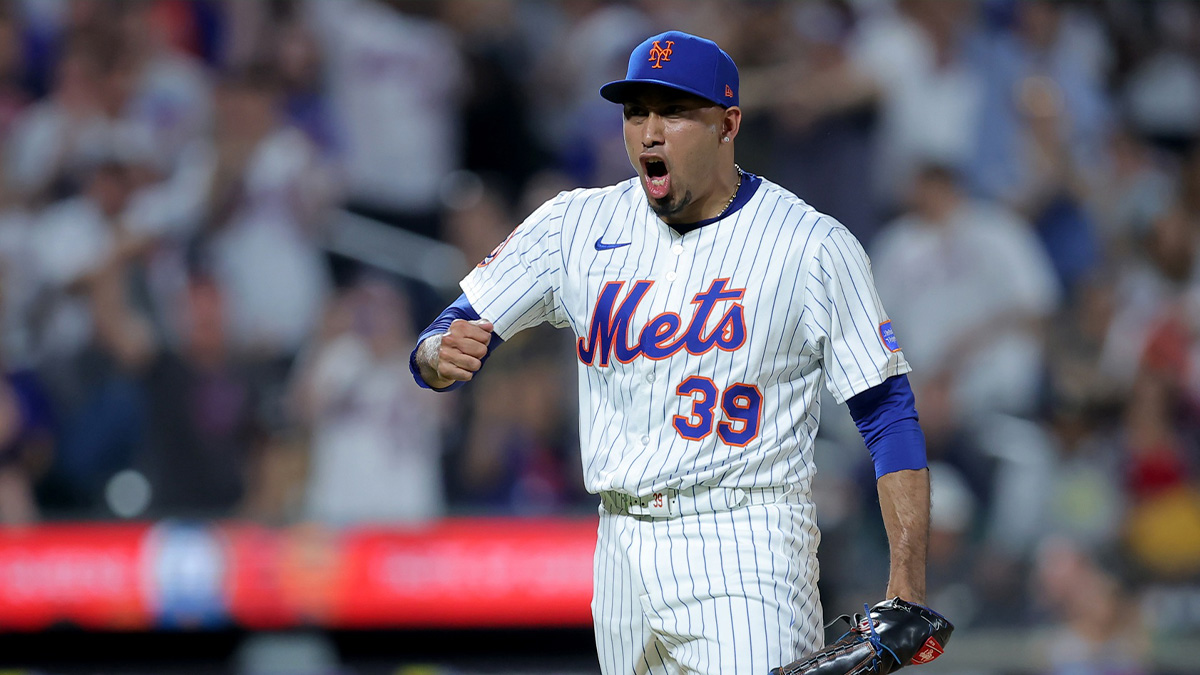The New York Mets shocked fans by trading longtime outfielder Brandon Nimmo to the Texas Rangers for Gold Glove second baseman Marcus Semien. The bold move addressed a need at second base but left a major gap in the outfield, raising questions about the team’s next steps.
President of baseball operations David Stearns now faces the challenge of finding outfield help, strengthening the pitching staff, and deciding on Pete Alonso’s future with the team. The trade signals that the Mets are prioritizing flexibility and are open to creative roster changes.
According to a piece by The Athletic's Will Sammon, Ken Rosenthal, and Katie Woo, the deal helped the Mets escape a lengthy contract with Nimmo, though it didn’t provide short-term savings. It allows the front office to stay agile and make future moves without being tied to long-term commitments.
“All options are open for the New York Mets after acquiring second baseman Marcus Semien from the Texas Rangers for left fielder Brandon Nimmo,” the article noted. “But in trading Nimmo, a homegrown veteran, the Mets untangled themselves from a long-term contract without saving money in the short term.”
Team officials say while top free agents like Kyle Tucker or Cody Bellinger are possibilities, the team is also considering internal prospects such as Carson Benge. With a thin outfield market, the Mets may need to settle for short-term options unless a major deal emerges.
Pitching is also a top priority. If the Mets avoid big spending in the outfield, they may invest more heavily in re-signing Alonso and revamping the rotation and bullpen.
“If the Mets don’t splurge in free agency for outfield help, they could explore trades or target lower level free agents,” sources explained. “That would allow them to focus resources on re-signing Pete Alonso and adding pitching.”
The Semien deal opens up numerous possibilities for the Mets, setting the stage for a busy and unpredictable offseason.

